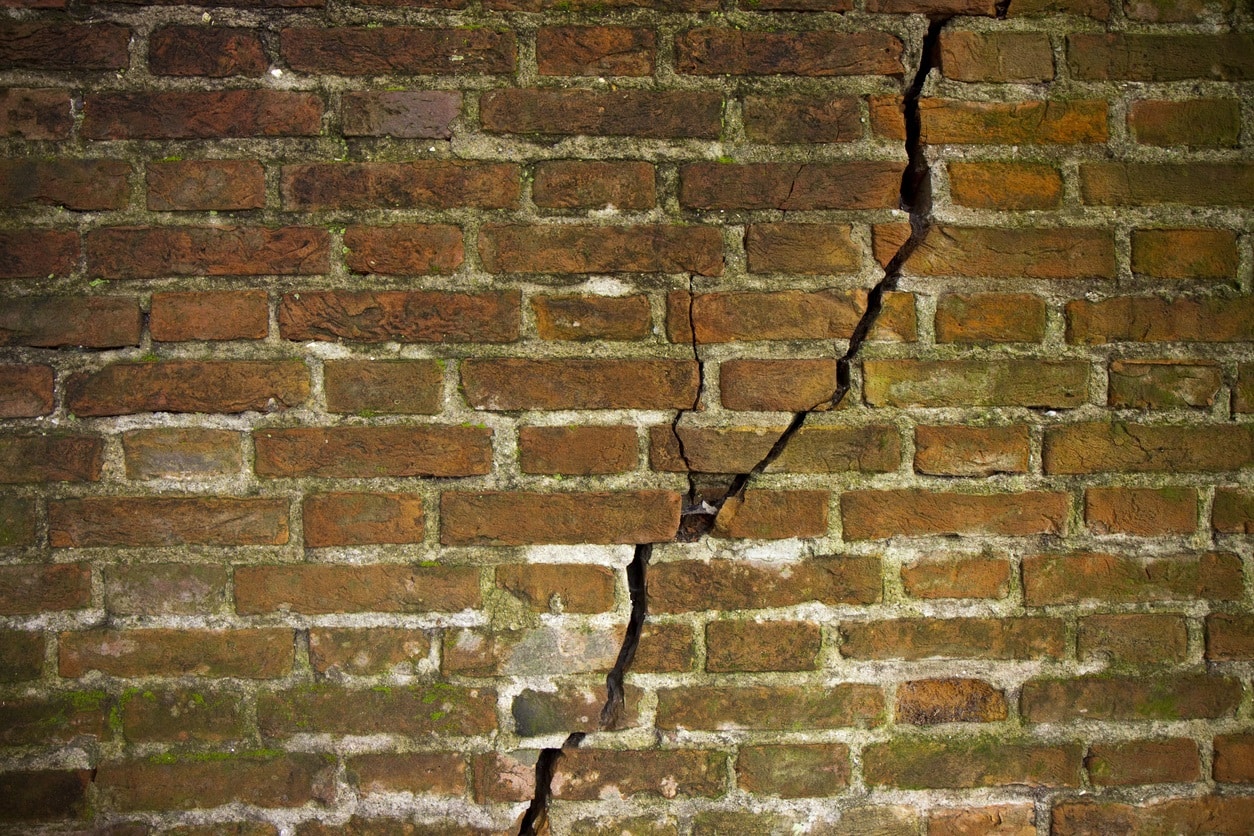Who should read this article?
Commercial landlords and tenants. The article will also be relevant to commercial property managers who are often the first port-of-call when these issues arise.
In a nutshell: what do you need to know?
Victoria’s highest Court has found that a landlord’s failure to investigate structural integrity concerns raised by the tenant and supported by independent engineering evidence, entitled the tenant to terminate a commercial lease.
This is a tenant-friendly decision. Landlords and their agents cannot simply ignore requests by tenants to investigate potential structural issues or maintenance concerns. Doing so could result in a tenant terminating the lease, even if it is ultimately found the premises were always structurally sound.
While each case will turn on its own facts, tenants should be aware of the increased leverage this decision may provide to:
- make sure concerns are properly investigated and necessary maintenance and repair work gets done;
- walk away from a lease where there are or may be structural defects in the premises; and/or
- negotiate with landlords, either during the term of the relevant lease, or after its termination.
The facts
- The tenant leased commercial office space, including an outdoor terrace, from the landlord.
- Clause 14.4(a) of the lease required the landlord to maintain the building in a “structurally sound condition”.
- In January 2020, the tenant discovered exterior damage to the premises, including loose concrete that had fallen from the building’s roof onto the terrace.
- The tenant restricted access to the terrace and notified the landlord who promised to investigate.
- On 18 March 2020, having not heard back from the landlord, the tenant obtained an engineering report which stated;
- loose render, tiles and grout were a hazard which may cause injury to users of the terrace; and
- a structural engineer should be engaged for further investigations to determine the precise cause of the damage.
- On 23 March 2020 the tenant directed staff not to attend the premises because of concerns regarding the structural integrity of the building.
- The tenant continued to follow up and put the landlord on notice of its obligations to provide a safe workplace for its employees under OH&S laws.
- In October 2020, having heard nothing from the landlord, the tenant engaged solicitors who wrote to the landlord asserting a breach of the maintenance obligations in the lease, and requested written confirmation that the premises were structurally sound.
- In November 2020, the landlord undertook remediation works and engaged the same engineer to provide a second report. The second engineering report confirmed the damage to the terrace had been repaired. It also repeated its recommendation for a structural engineer to be engaged to investigate the cause of the movement and cracking which had caused the damage.
- Despite the engineer’s findings, the landlord did not engage a structural engineer.
- On 5 February 2021, the tenant obtained a third engineering report from the same engineer which stated:
A report confirming that the building is safe for staff to return to work can’t be provided when the cause of these significant cracks remains unknown.
- On 3 March 2021, the tenant’s solicitors wrote to the landlord and asserted that its failure to action the recommendations in the engineering reports (including to obtain structural engineering advice) was a repudiation of the lease, entitling it to terminate the lease. The tenant vacated the premises.
- In May 2021, after the lease had been terminated, the landlord engaged a structural engineer whose report found there were no structural issues with the building, the terrace damage having been caused by a lack of expansion joints.
- The landlord then issued County Court proceedings against the tenant for lost rent.
- The landlord succeeded at trial, and the tenant was ordered to pay approximately $350,000, together with interest and legal costs.
- The tenant appealed the decision.
The Court of Appeal decision
The Court of Appeal unanimously allowed the appeal, holding that the tenant was entitled to terminate the lease and the return of the proceeds of its bank guarantee, which had been drawn upon by the landlord.
Key findings of the joint decision include:
- A duty to maintain has a “pre-emptive or preventative element”, and can be distinguished from a duty to repair which only arises upon the occurrence of a defect.
- “[91] … once it is accepted that the maintenance obligation includes preventative measures, and that these vary in the circumstances of each case, these preventative measures may include investigating reasonably suspected defects. This may include obtaining expert reports in appropriate circumstances to determine whether remedial works are required. This does not require reading additional words into the maintenance covenant; rather, this obligation is inherent to a duty to maintain.”
- “[96] To comply with the maintenance covenant in these circumstances, we consider that [the landlord] was obliged within a reasonable time after receipt of the first [engineering] report, to investigate those reasonable concerns. Such investigation was needed to attempt to determine if the roof slab was in sound structural condition and whether any preventative measures needed to be taken to ensure it remained in a structurally sound condition.”
- “[97] [The landlord] did not do so. Indeed, in response to being put on notice of possible structural defects, [the Landlord] failed to undertake any further investigations until the Lease was terminated. And it only obtained a report from a structural engineer after the litigation was underway.”
- The breach of the maintenance covenant was sufficiently serious to justify termination of the lease. It related to structural soundness and therefore safety. It had subsisted for a substantial duration.
- The consequence of the breach was also significant in light of all of the landlord’s conduct, the totality of which had been described by the trial Judge as a “sad story of rank discourtesy”. The Court held that the tenant could not have had any comfort its concerns would be addressed by the landlord.
It is unknown whether the landlord intends to apply for special leave to appeal the decision to the High Court of Australia.
Please contact Carl Millington with any query regarding this article or leasing disputes generally.



